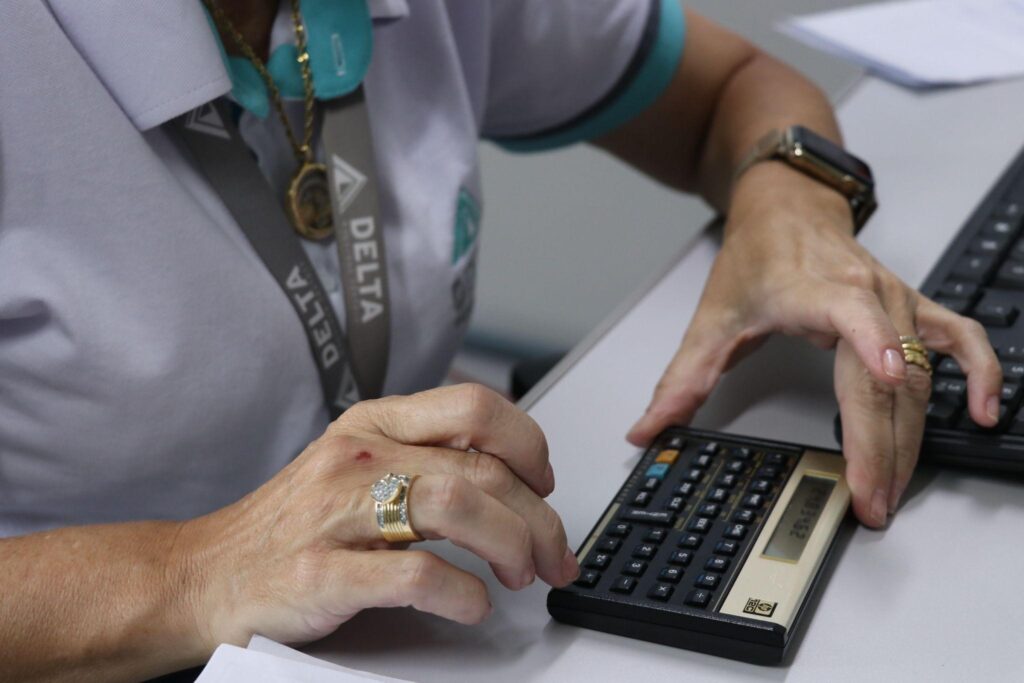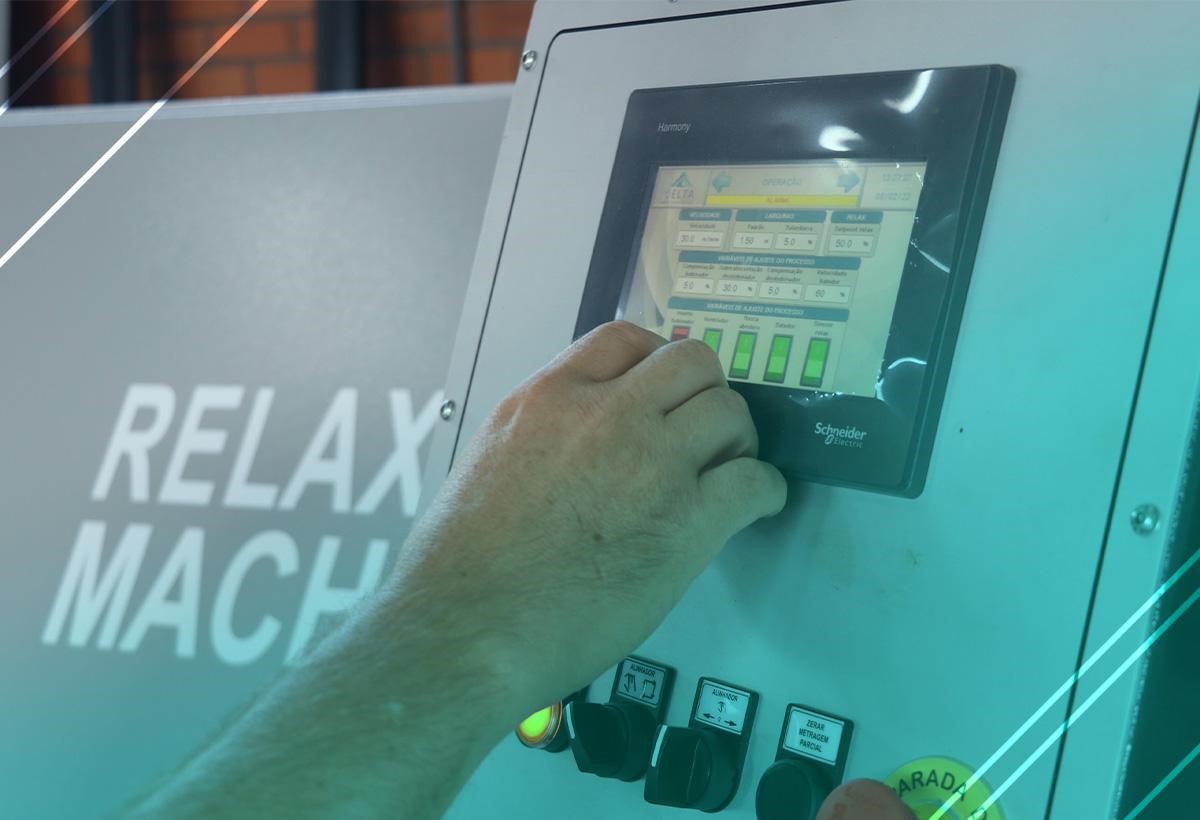The payback index in the textile industry helps analyze investments in technological solutions and modern equipment. Using this calculation to understand the benefits of investing in long-term innovation is fundamental to the financial health of your business.
Therefore, this content will cover the concept of payback, the advantages of this metric for the textile industry, and the calculation for evaluation. As well as what should be considered at this time. Good reading!
The concept of payback in the textile industry
Payback in the textile industry is a concept that aims to identify the return on investment time. That is, to develop a smart factory, more automated and focused on innovation, it is necessary to invest in actions and strategies with this objective.
In this way, the calculation will demonstrate the time it will take the company to recover the money invested, whether in technology, equipment or solutions.
In conclusion, this is a strategy used as an indicator to guide the actions of a company, including the textile industry. According to a “Economic-financial feasibility study for the implementation of a clothing factory”, the logic of this metric “is therefore based on the following assumption: the lower the payback, the more efficient the intervention”.
However, it is worth highlighting that this cannot be considered the main criterion for deciding whether the investment is viable. This is because, according to the study, this indicator is generally used incorrectly to measure the profitability of projects. It is necessary to use it focusing on the liquidity of the invested capital.
Therefore, it is possible to use this metric in conjunction with others, such as:
- Return on investment (ROI): index that helps identify how much was gained from the investment;
- Internal Rate of Return (IRR): if applied to cash flow, it helps in analyzing the viability of investment projects;
- Net Present Value (NPV): this is essential to have a more effective payback calculation by using the accumulated value of the cash flow.
The two types of payback

According to an article on the subject, payback can be categorized and separated into two types: simple and discounted. The first disregards the minimum attractiveness rate of money during investment periods. This is the conventional model and the easiest.
However, the second includes the discount rate and cash flow values. Therefore, this model is considered the most accurate as it better calculates the return on investment time.
To do this, it is necessary to reduce future payments by the value of the capital, thanks to the loss of profitability and value of money over time. However, the article further adds that “as cash flows are only analyzed during the payback period, this analysis is substantial”.
Benefits in the textile industry
For a textile industry, investment in technology, solutions and machines generally has a high cost. This is because the quality of the equipment is high so that automation can occur in an intelligent and efficient way.
Therefore, calculating the payback is essential for analyzing costs and return on investment in the textile industry.
Therefore, this index becomes a competitive advantage, thanks to more assertive decision making. In other words, risk assessment becomes more effective. It is worth noting that the long-term gain from investing in more modern technology and machines , for example, is greater than when you decide to save money by purchasing low-quality equipment. Bearing in mind that, in the future, it will be necessary to invest in maintenance or replacement in less time than expected.
We can mention the payback of a good investment in technology, for example, the gains generated by Delta’s machines. This equipment provides greater productivity and resource optimization. The Fabric Mesh Relaxer stands out RLX600, which eliminates the time of 24 or 48 hours generally used for rest, increasing wrapping productivity.
In the end, using this calculation to invest in investments that add value to the final result of your industry’s processes is essential to gain greater recognition among the market and customers.
There are still some advantages of this metric, such as:
- Ease of understanding the company’s liquidity level;
- Better understanding of the risk involved in the investment;
- Easy and simple formula to apply;
- Increases financial security in times of economic crisis;
- It can be used in both high-risk projects and those with a limited lifespan.
How to calculate payback?

As previously mentioned, the formula is simple and easy. However, it is necessary to separate the two models, as each one considers different variables from the other.
Therefore, to calculate the simple payback, simply divide the value of the initial investment by the value of earnings in that period. The second value can also be taken from the savings obtained or from the average cash flow. The result is revealed in the months in which this investment will only be covered, without generating profits. If you want to know in years, just divide the value obtained by 12.
To account for the discounted payback, as the name suggests, it is necessary to discount the variables that influence the calculation, such as inflation. In this case, it is necessary to find out the Net Present Value (NPV). So, the first step is to perform the calculation:
NPV = CF / (1+MAR)¹.
In this formula, CF is represented by the cash flow value. And MAR is the Minimum Attractive Rate, this is the amount that will be discounted, generally being the SELIC rate. The power number is represented by the period chosen for analysis.
After this calculation, simply divide the value of the initial investment by the NPV. The result generated is the time, in months, referring to the discounted payback.
What should be considered in this analysis?
To know how to use this metric and carry out a good payback analysis in the textile industry, it is necessary to consider some points. The first of these is the importance of having an updated inventory. In other words, have a constant survey of the business’s revenues and expenses, considering investment and expansion plans.
Additionally, keep your cash flow up to date. That is, monitor forecasts, movements, opportunities and risk. Also, be sure to frequently review your business plan and budget. And of course, define the period chosen to calculate the payback, be it 1 year, 6 months or 3 months.
One tip is worth highlighting: consider possibilities of losses and use this percentage when calculating revenue. This action makes projections more realistic and cautious.
Finally, remember to combine analyzes between ROI and IRR to obtain a more assertive financial assessment of the investment.
Next steps
Investing in modern technology and equipment is essential for your industry to remain up to date and competitive in the market. The payback calculation helps you understand the return on this investment.
Now that you understand the importance of metrics such as payback in the textile industry, download our free infographic to access 8 more KPIs that are essential for the success of your business.


